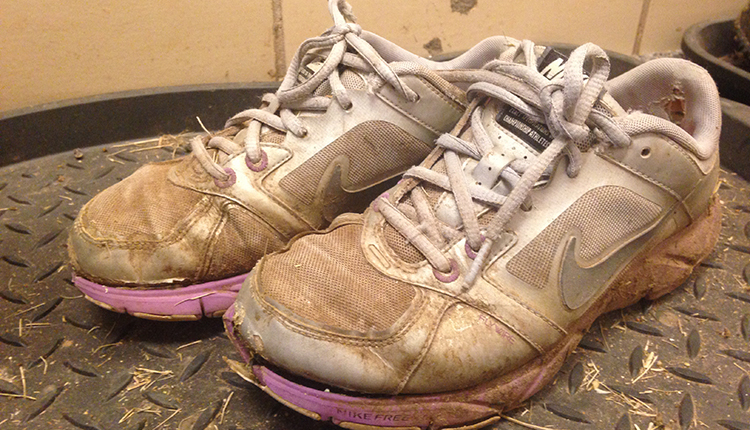
“Milk is only for breakfast,” answered one of my classmates as we lectured in a recent class about fluid milk consumption in the United States. Unfortunately, several other students agreed with her, explaining how they only consumed fluid milk maybe once or twice a week during a single meal, usually breakfast. Though I disagreed with this statement, it has become a common misconception throughout the country, aiding in the drop in fluid milk consumption in recent years.
During our lecture, we went on to talk about how the millennial generation has seen an exponential decline in fluid milk consumption, while the older generation has remained at relatively the same level. “I drink milk at least four times a day,” stated my professor, an answer which seemed to shock the younger crowd.
With young school children consuming more fluid milk than both adolescents and adults combined, somewhere along the way many consumers have developed the misconception that fluid milk should only be consumed during breakfast. This could not be further from the truth, as one recent article stated that osteoporosis will rise nearly 50 percent over the next 15 years, particularly in men.
Though cheese, yogurt, and other milk products can help prevent this degenerative bone disease, growing fluid milk consumption could help to lower both osteoporosis and obesity rates across the U.S.
An important question still remains. How do we help prevent the misconception that fluid milk can only be consumed during breakfast? With many of these ideas being formed during adolescence, targeting middle school and high school age students could help debunk this myth. As I witnessed in one of my classes just last week, informing college-age students about the benefits of milk consumption in one’s diet has also become necessary.
While fluid milk consumption remains on the downhill slope, disproving the illusion that “milk is only for breakfast” may be a ticket to a rise in sales.

Taylor Leach grew up on her family’s dairy farm in Linwood, Kansas. Leach graduated with an associate’s degree from Kansas City Kansas Community College and now attends Oklahoma State University, majoring in animal science and agriculture communications. On campus, she is a member of the dairy club and also works on the university's dairy farm. Leach was the 2016 Hoard’s Dairyman summer editorial intern.








